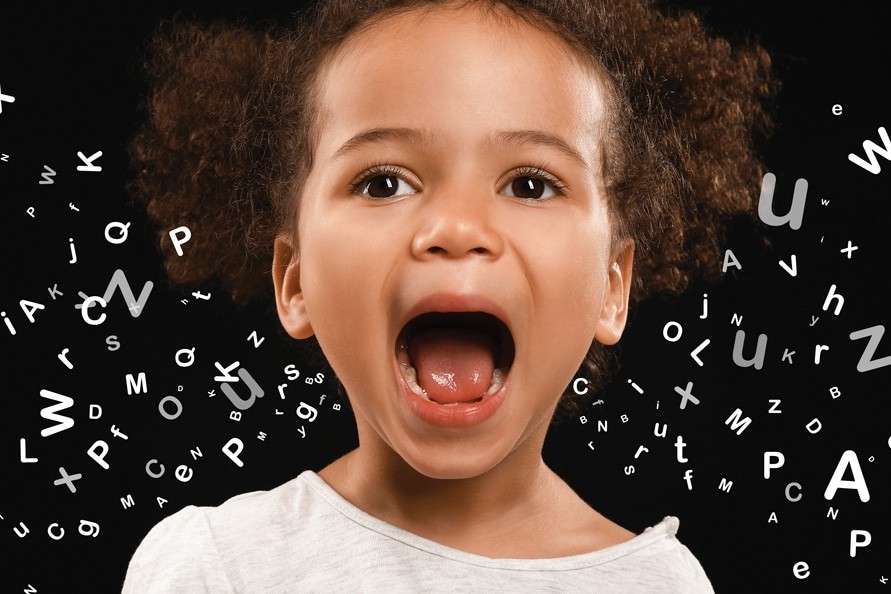Rory Vokes-Dudgeon, Headteacher at Abingdon House School, on the specific learning difficulty dyscalculia and how best to support students’ maths learning
Dyscalculia, like dyslexia, is in the family of specific learning difficulties (SpLDs) but is a term that is much more recent than its literacy counterpart. As such, it has much less research, advice and resources associated with it. Dyscalculia can present itself very differently and there is no ‘one size fits all’ approach to supporting students. It takes careful assessment and may require attempting a variety of different strategies to find out the right approach to support each individual.
For someone with dyscalculia, maths is a very abstract concept. To overcome this, students can use objects to create mathematical calculations. The physical nature of moving objects supports them in understanding if a number is growing, shrinking, being shared, and so on.
At Abingdon House, we use this method to start new concepts and create a depth of understanding, even up to GCSE-level. Once using manipulatives has been mastered, we introduce concepts that can be drawn on paper but still without using abstract numbers. Here, students may draw pictures, lines or dots and will count them in order to know the value of the number being represented.
Finally, we implement the use of abstract numbers. Someone with dyscalculia will often need to practise pictorial alongside number sums for a significant period of time. They may even continue to use the pictorial method permanently if that is what supports their understanding.
Students with dyscalculia often have difficulty in remembering number facts, such as number bonds, times tables or the order of numbers. These are all important parts of maths and should be explicitly taught. However, they may become unhelpful barriers when learning new concepts due to the additional working memory load required. Here the use of visual multiplication grids, number bonds or number lines can reduce the stress of trying to remember taught facts.
“Being positive about numbers and maths can go a long way to supporting dyscalculic children and children with maths anxiety”
Dyscalculia can often lead to maths anxiety. Of course, anxiety is not limited to children with dyscalculia, but there is a significant co-occurrence which can be reduced by individualising lessons to focus on areas of strength – even literacy focused areas such as vocabulary learning. For students who have a strength within literacy this may be an area where they find success and, as such, build their confidence.
Being positive about numbers and maths can go a long way to supporting dyscalculic children and children with maths anxiety. Maths is a subject different from all others in that it has become socially accepted that people are ‘bad at maths’. Indeed, it is commonplace to hear people say they hated maths at school.
While this might be true, as adults we all have a responsibility not to share our own anxiety or negative feelings. Children pick up on these things remarkably quickly and such concepts then become normalised. We must give all children the best chance to succeed – and it starts with a maths-positive approach.
Abingdon House School abingdonhouseschool.co.uk
Further reading: School refusal – understanding EBSA
You may also like...


























